Kyoto, once the imperial capital of Japan for over a millennium, is a city where time gracefully stands still. With its centuries-old temples, tranquil Zen gardens, charming geisha districts, and serene bamboo groves, Kyoto offers an unmatched cultural immersion for travelers. Whether you’re a history buff, nature lover, spiritual seeker, or photography enthusiast, there are countless places to visit in Kyoto that will leave a lasting impression on your soul.
This blog will guide you through the most enchanting and must-visit places in Kyoto, giving you an immersive feel for each destination and helping you plan a richly rewarding journey.
1. Fushimi Inari Taisha – The Path of 10,000 Torii Gates

Arguably the most iconic sight in all of Japan, Fushimi Inari Taisha is famous for its seemingly endless trails of vibrant red torii gates that snake through the forested slopes of Mount Inari. These gates have been donated by individuals and businesses as acts of devotion to Inari, the Shinto god of rice, prosperity, and agriculture.
Why Visit:
- Torii Tunnel: The walk through the torii tunnel is magical—especially at dawn or dusk when the sunlight filters between the pillars.
- Fox Statues: Inari’s messengers, foxes (kitsune), are everywhere—carved in stone, cast in bronze, often holding symbolic keys in their mouths.
- Panoramic Views: Hike to the summit of Mount Inari for stunning views of Kyoto. The full hike takes around 2-3 hours but is well worth the effort.
- Spiritual Ambience: You’ll pass small shrines, prayer plaques, and incense-scented altars along the way, enveloping you in a sacred atmosphere.
Travel Tip: Go early in the morning to avoid the crowds and capture ethereal photos of the gate-lined paths.
2. Kinkaku-ji (The Golden Pavilion) – A Shimmering Sanctuary
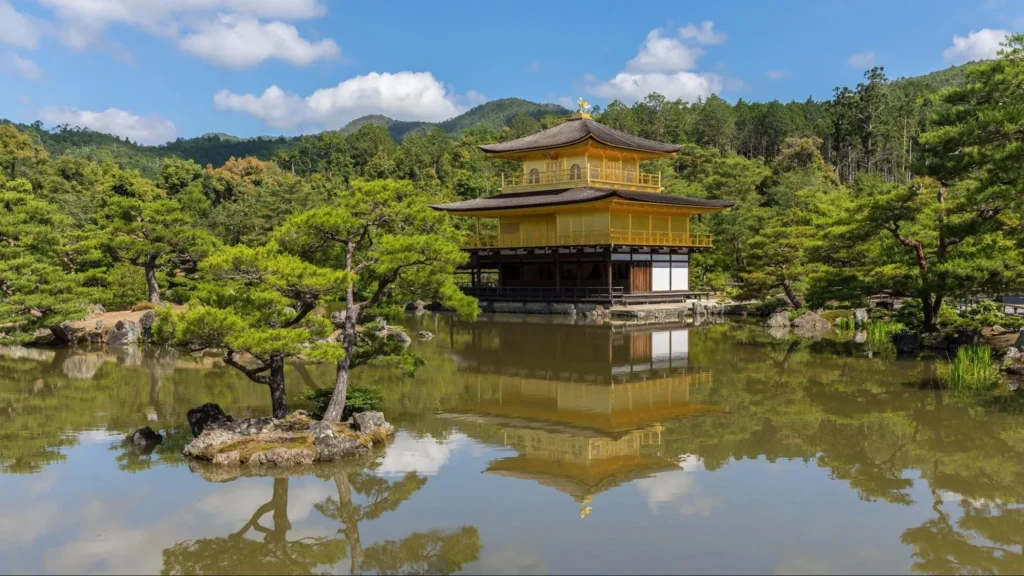
Kinkaku-ji, or the Golden Pavilion, is one of the most photogenic and revered landmarks in Kyoto. Originally built in the 14th century as a retirement villa for shogun Ashikaga Yoshimitsu, it was later converted into a Zen Buddhist temple. Its top two floors are entirely covered in gold leaf, reflecting brilliantly over the serene Kyoko-chi (Mirror Pond).
Why Visit:
- Golden Reflection: Witness the temple’s dazzling reflection on the pond, a sight that’s breathtaking in any season.
- Zen Garden: The surrounding landscaped garden follows the Muromachi-period style, symbolizing the harmony between heaven and earth.
- Seasonal Beauty: Cherry blossoms in spring, lush greenery in summer, fiery maple leaves in autumn, and snow-dusted scenes in winter all offer stunning perspectives.
Photo Tip: Visit on a clear morning for postcard-perfect shots of the temple shimmering under natural light.
3. Arashiyama Bamboo Grove – Kyoto’s Natural Wonder
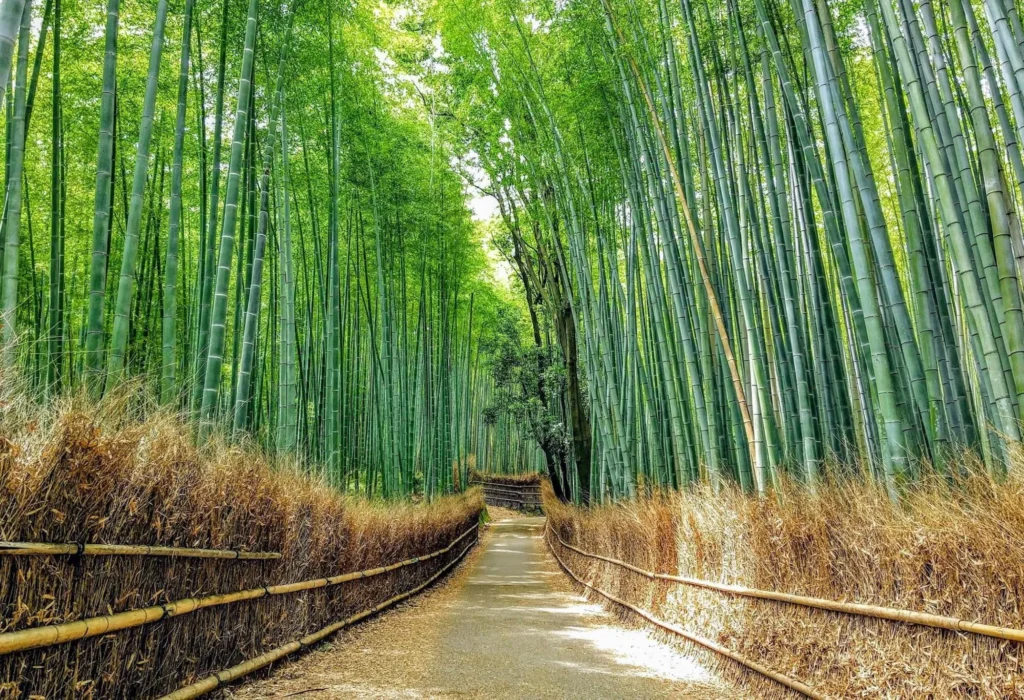
Located in the scenic Arashiyama district, the Arashiyama Bamboo Grove is a surreal and peaceful forest pathway flanked by towering stalks of bamboo that sway gently with the wind.
Why Visit:
- Otherworldly Vibe: Walking through the tall bamboo stalks is like entering another realm—quiet, green, and ethereal.
- Soundscape: The sound of wind rustling through bamboo is so distinct it’s been designated one of Japan’s “100 Soundscapes.”
- Nearby Attractions: Don’t miss the Tenryu-ji Temple, a UNESCO World Heritage Site with a landscaped Zen garden, or the romantic Togetsukyo Bridge spanning the Katsura River.
Tip: Visit early in the morning for a solitary and meditative experience, or rent a kimono for unforgettable photos in traditional attire.
4. Kiyomizu-dera – The Temple of Pure Water
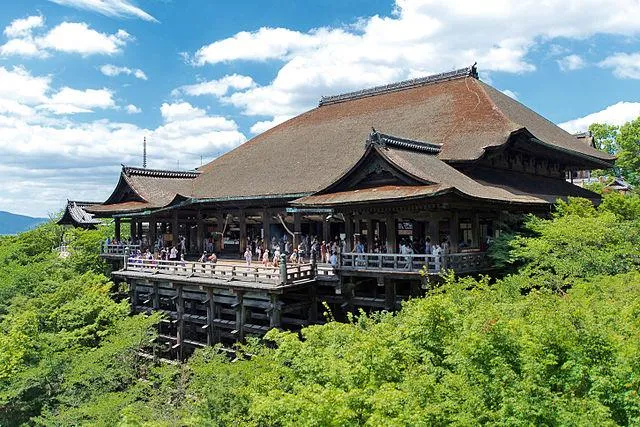
Perched on the slopes of Otowa Mountain, Kiyomizu-dera is one of Kyoto’s most celebrated temples and offers panoramic views of the city from its iconic wooden stage that juts out from the main hall.
Why Visit:
- Architectural Marvel: Built without the use of nails, the main hall and its massive stage demonstrate incredible craftsmanship.
- Otowa Waterfall: Drink from the three streams below the temple, each said to bring blessings—longevity, success, or love.
- Seasonal Views: Cherry blossoms in spring and fiery red leaves in autumn make this temple particularly magical.
Cultural Note: The expression “to jump off the stage at Kiyomizu” refers to taking a bold risk, inspired by the stage’s daring structure.
5. Gion District – The World of the Geisha
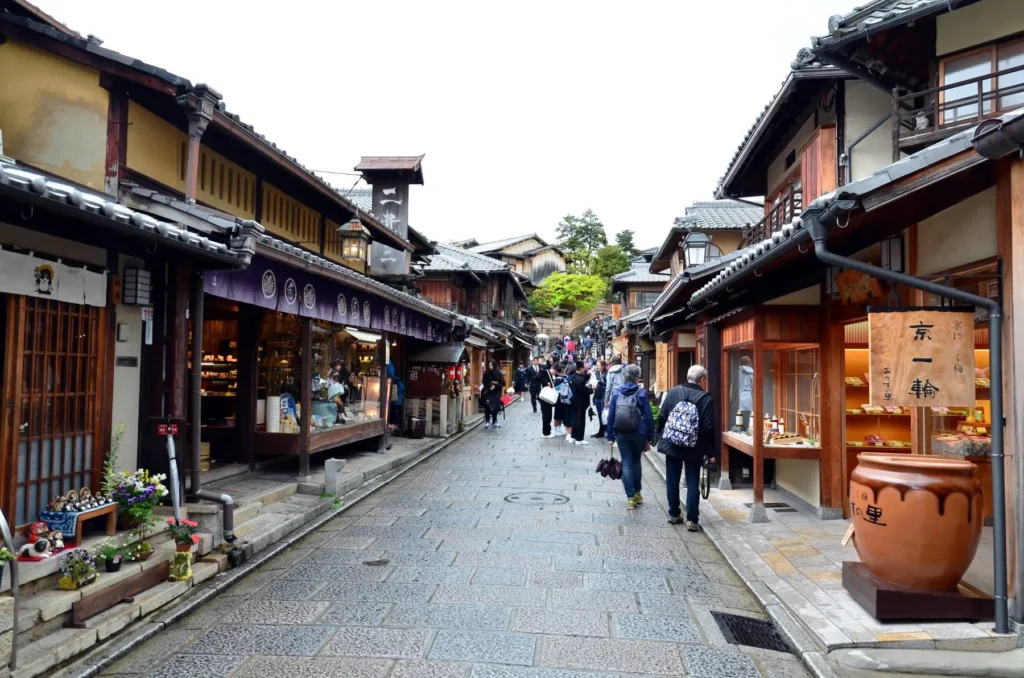
Step into the enchanting world of Kyoto’s geisha culture in the Gion District, where time seems frozen in the Edo period. This historic neighborhood is known for its preserved wooden machiya (townhouses), traditional teahouses, and narrow stone lanes.
Why Visit:
- Geisha Spotting: In the evenings, you might catch a glimpse of a geisha or maiko (apprentice) gracefully hurrying to an engagement.
- Hanamikoji Street: Walk along this famous lane for a taste of Kyoto’s old-world charm.
- Traditional Dining: Enjoy kaiseki cuisine in one of the district’s refined restaurants, often served in elegant tatami rooms.
Tip: Be respectful—geisha are not performers for tourists. If you’re keen to learn more, book a cultural experience with a licensed guide.
6. Philosopher’s Path – A Scenic, Reflective Walk
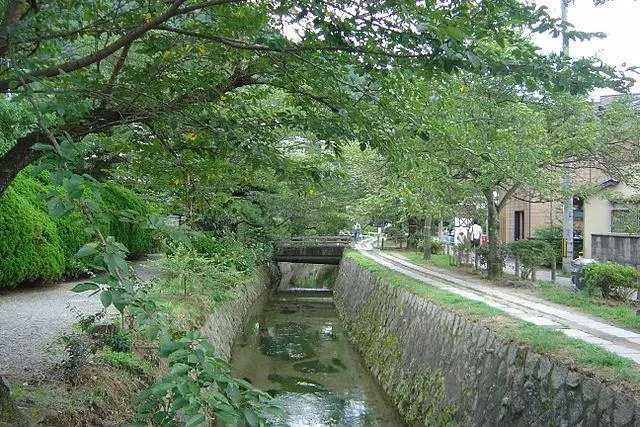
The Philosopher’s Path (Tetsugaku no Michi) is a beautiful 2-kilometer trail following a cherry tree-lined canal, once favored by the famed philosopher Nishida Kitaro for his meditative walks.
Why Visit:
- Cherry Blossom Heaven: During sakura season, this path becomes one of the most stunning walks in all of Japan.
- Temple Stops: The trail is lined with quaint temples and shrines like Ginkaku-ji (Silver Pavilion) and Honen-in.
- Artisan Shops: Explore small boutiques, cafes, and pottery shops along the way.
Best Time: Spring and autumn offer the most picturesque experiences, but it’s peaceful and worthwhile year-round.
7. Nijo Castle – A Glimpse of Samurai Power
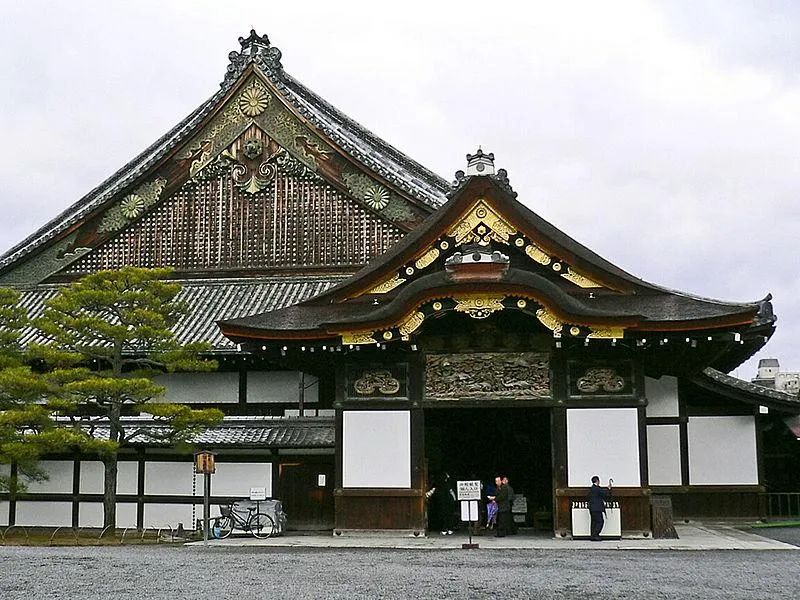
Built in the 17th century, Nijo Castle was the residence of Tokugawa Ieyasu, the first shogun of the Edo period. It’s a UNESCO World Heritage Site and a fantastic example of feudal Japanese architecture and lifestyle.
Highlights:
- Ninomaru Palace: Admire intricate wood carvings, gilded sliding doors, and the famous “nightingale floors” that chirp when walked on.
- Gardens: The surrounding gardens are meticulously manicured with koi ponds, stone lanterns, and seasonal blooms.
- Cultural Insight: Learn about the Tokugawa shogunate and the dramatic political shift known as the Meiji Restoration.
Tip: Rent an audio guide or join a guided tour for historical context.
8. To-ji Temple – Towering Spiritual Symbol
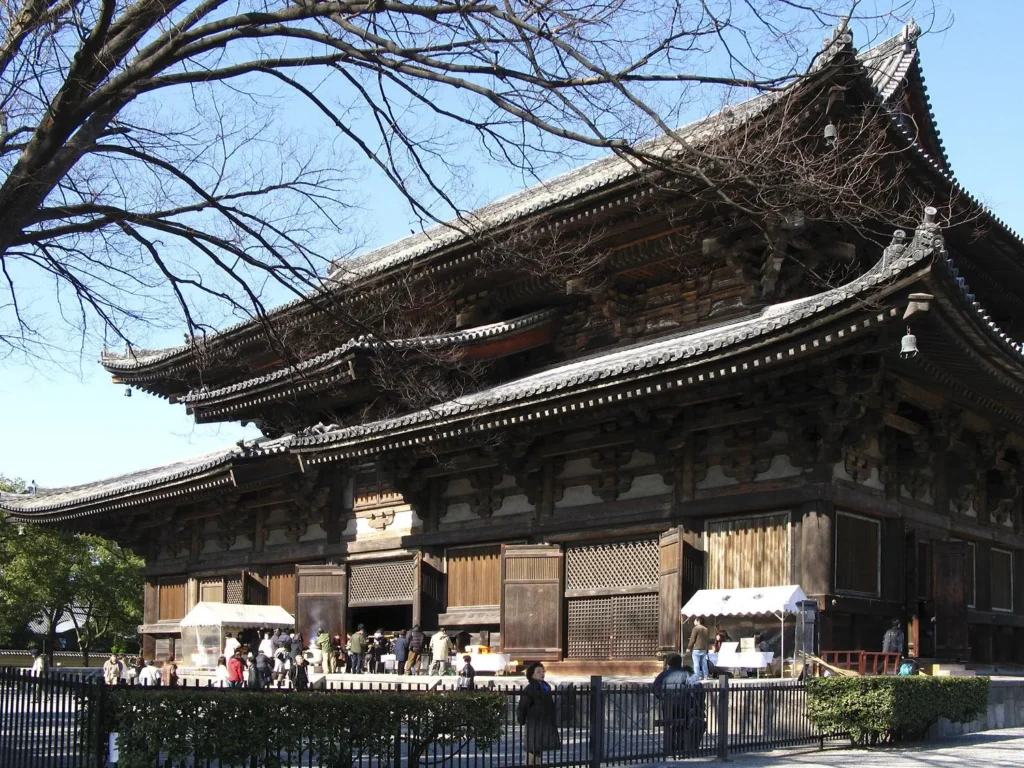
Founded in 796, To-ji Temple is one of Kyoto’s oldest temples and is best known for its majestic five-story pagoda—the tallest wooden tower in Japan.
Why Visit:
- Pagoda Views: This towering structure is stunning against the Kyoto skyline, especially during cherry blossom and autumn foliage seasons.
- Monthly Market: On the 21st of every month, the temple grounds host one of Kyoto’s largest flea markets where you can find antiques, crafts, and local treats.
- Spiritual Ambience: The temple grounds are dotted with prayer halls, Buddha statues, and incense altars.
9. Ginkaku-ji (Silver Pavilion) – Subtle Beauty and Zen
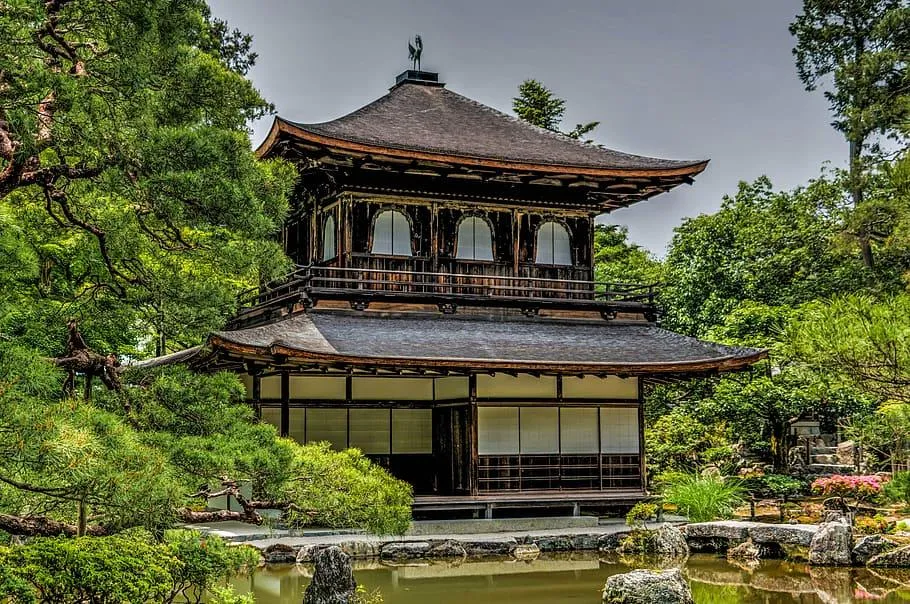
Though it never received its intended silver coating, Ginkaku-ji remains a masterpiece of wabi-sabi—the Japanese aesthetic of beauty in imperfection and simplicity.
What to See:
- Zen Gardens: The dry sand garden and moss garden exude tranquility and minimalist elegance.
- Hilltop Viewpoint: Climb the garden path for panoramic views of Kyoto and temple rooftops.
- Cultural Insight: Learn about the influence of the Ashikaga shogunate on Japan’s aesthetic and garden design.
Perfect For: Quiet contemplation and lovers of traditional Japanese landscaping.
10. Nishiki Market – Kyoto’s Kitchen
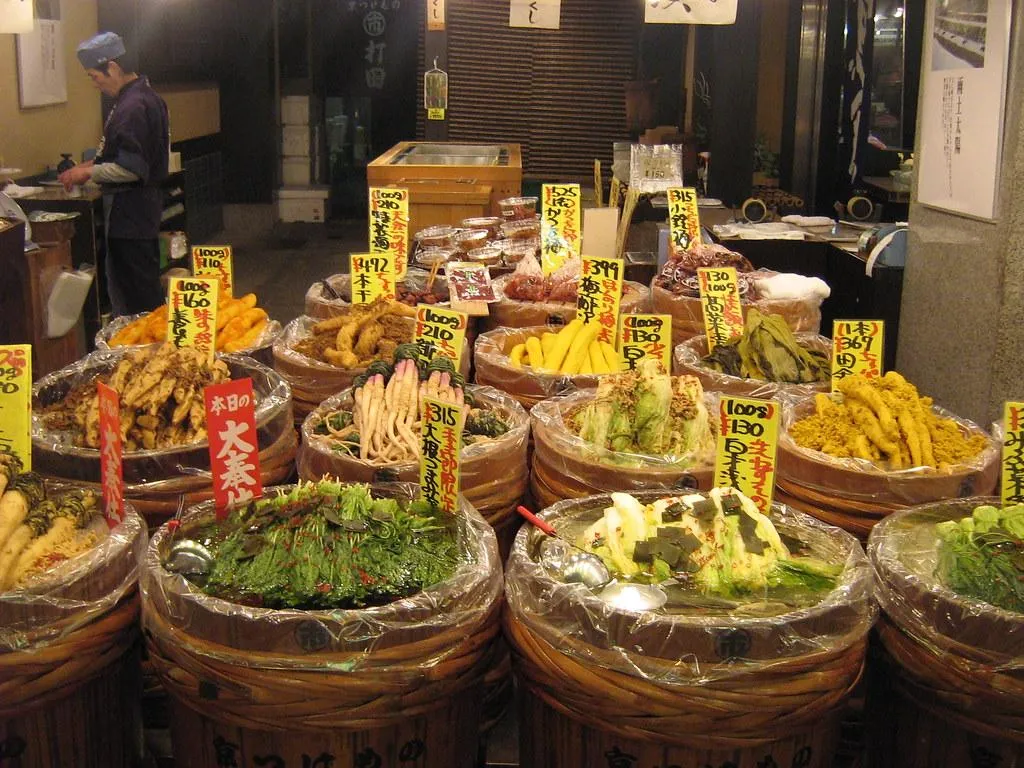
Nicknamed “Kyoto’s Kitchen,” Nishiki Market is a vibrant, five-block shopping street lined with over 100 food stalls, shops, and restaurants offering everything from traditional pickles to gourmet sweets.
What to Eat:
- Yatsuhashi: Kyoto’s signature cinnamon rice cake.
- Fresh Sushi: Try Kyoto-style sushi made with cured fish.
- Street Snacks: Sample skewered seafood, matcha sweets, or local sake.
Cultural Tip: Bring cash and try a little bit of everything—it’s a culinary adventure in itself.
Final Thoughts
Kyoto is a poetic blend of past and present, where ancient temples coexist with everyday urban life. The places to visit in Kyoto offer more than sightseeing—they offer a deep and lasting connection to Japanese culture, spirituality, and aesthetics. Whether you’re strolling through bamboo groves, sipping tea with a geisha, or watching the sunset from a temple veranda, Kyoto will leave you spellbound.
If you’re planning a trip to Japan, don’t just pass through—immerse yourself in Kyoto, and let its centuries-old traditions awaken a sense of wonder you didn’t know you had.



